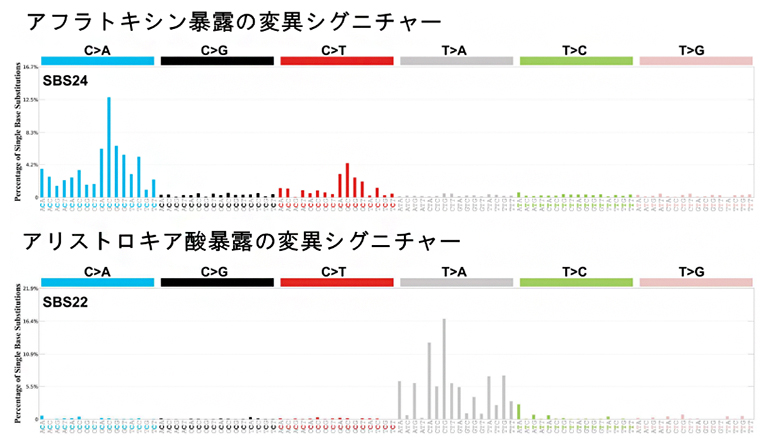2024-01-29 ニューヨーク大学 (NYU)
◆この研究では、3次元CTスキャンを使用して、内耳の骨の部分を視覚化し、絶滅した哺乳類の移動方法を解析するという新しい手法を採用している。化石類人猿「ルフォンピテクス」の頭蓋内耳の構造を調査した結果、人類の二足歩行の起源に関する重要な手がかりが得られた。
◆この研究により、初期の類人猿が人類の二足歩行の先祖であるという進化の三段階が明らかにされた。内耳の解析は、類人猿の移動の進化史を示す独特の記録を提供し、骨格の研究とは異なる視点から進化を理解する貴重な手段となっている。
<関連情報>
- https://www.nyu.edu/about/news-publications/news/2024/january/how-did-humans-learn-to-walk–new-evolutionary-study-offers-an-e.html
- https://www.cell.com/the-innovation/fulltext/S2666-6758(24)00018-3
ルーフェンピテクスの内耳が、ヒトの二足歩行の祖先に共通の運動レパートリーがあったことを示す証拠となる Lufengpithecus inner ear provides evidence of a common locomotor repertoire ancestral to human bipedalism
Yinan Zhang,Xijun Ni,Qiang Li, … Feng Gao,Chi Zhang,Terry Harrison,
The Innovation Published:February 14, 2024
DOI:https://doi.org/10.1016/j.xinn.2024.100580
Public summary
•Shapes of the balance organs within the inner ear shared between Lufengpithecus and other Miocene apes support that they shared a common pattern of locomotion.
•The ability to habitually walk and run upright on two feet in human probably evolved from this Lufengpithecus-like locomotion.
•Global cooling around 3.2 million years ago may have triggered an acceleration in the evolution of human bipedal locomotion.
Various lines of evidence have been used to infer the origin of human bipedalism, but the paucity of hominoid postcranial fossils and the diversity of inferred locomotor modes have tended to confound the reconstruction of ancestral morphotypes. Examination of the bony labyrinth morphology of the inner ear of extinct and living hominoids provides independent evidence for inferring the evolution of hominoid locomotor patterns. New computed tomography data and morphometric analyses of the Late Miocene ape Lufengpithecus indicate that it and other stem great apes possess labyrinths similar to one another and show that hominoids initially evolved from a positional repertoire that included orthogrady, below-branch forelimb suspension and progression, above-branch bipedalism, climbing, clambering, and leaping (hylobatid-like) to one that comprised above-branch quadrupedalism, below-branch forelimb suspension, vertical climbing, limited leaping, terrestrial quadrupedal running and walking, possibly with knuckle walking, and short bouts of bipedalism (chimpanzee-like). The bony labyrinth morphology of Lufengpithecus indicates that it probably conforms more closely to the last common ancestors of crown hominoids and hominids in its locomotor behavior than do other Miocene hominoids. Human bipedalism evolved from this common archetypal Lufengpithecus-like locomotor repertoire. The low evolutionary rate of semicircular canal morphology suggests that Lufengpithecus experienced a relative stasis in locomotor behavior, probably due to the uplift of the Tibetan Plateau, which created a stable environment in the Miocene of southwestern China.
Graphical abstract



